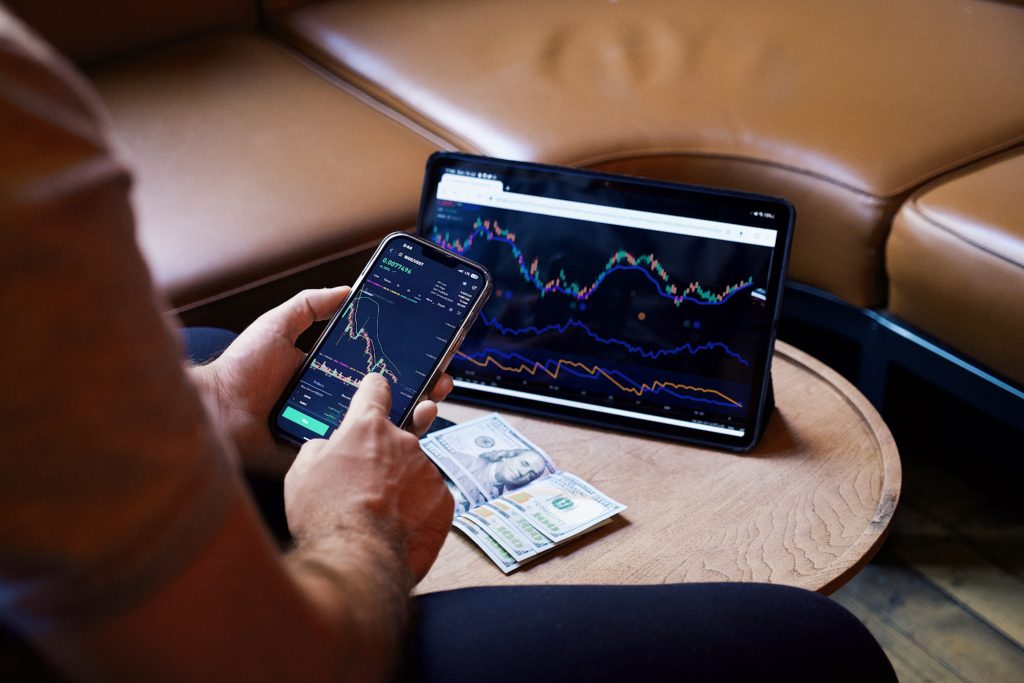In the fast-paced world of finance, where every second counts, automation has become the key to success in live trading python, a versatile and powerful programming language, has emerged as a game-changer for traders looking to streamline their strategies and gain a competitive edge in the market.
Why Python for Live Trading?
Python’s popularity in the finance industry is no accident. Its simplicity, readability, and extensive library support make it an ideal choice for developing and executing live trading strategies. Traders can leverage Python to automate complex tasks, analyze market data, and execute trades in real-time, allowing for quicker decision-making and reduced human error.

Real-Time Data Analysis
One of Python’s strengths lies in its ability to handle and analyze vast amounts of real-time data. With libraries like Pandas and NumPy, traders can easily manipulate and process market data to gain valuable insights. This capability is crucial for making informed decisions on when to enter or exit positions, identify trends, and manage risk effectively.
Algorithmic Trading with Python
Python’s support for algorithmic trading has revolutionized the way traders approach the market. The use of algorithms allows for the automation of trading strategies, enabling traders to execute trades based on predefined rules and criteria. This not only reduces the emotional aspect of trading but also ensures consistency in decision-making.
Popular algorithmic trading libraries like QuantConnect and backtesting frameworks such as PyAlgoTrade provide traders with the tools to develop, test, and optimize their strategies before deploying them in live markets. This iterative process allows traders to fine-tune their algorithms and adapt to changing market conditions.
Integration with APIs
Python’s seamless integration with brokerage APIs (Application Programming Interfaces) is a game-changer for live trading. Traders can connect their Python scripts directly to their brokerage accounts, enabling them to place orders, monitor portfolios, and retrieve real-time market data effortlessly.
Brokerage platforms like Alpaca and Interactive Brokers offer Python APIs, allowing traders to execute trades programmatically. This integration eliminates the need for manual intervention, ensuring that trades are executed swiftly and efficiently.
Risk Management and Backtesting
Python provides robust tools for risk management, an essential aspect of successful trading. Traders can implement risk management strategies to protect their capital and minimize losses. Through Monte Carlo simulations and other statistical methods, Python allows traders to assess the potential risks associated with their trading strategies.

Backtesting is another critical component of live trading, and Python excels in this area. By simulating trades using historical data, traders can evaluate the performance of their strategies and identify areas for improvement. This iterative process helps traders refine their approaches and build more resilient trading systems.
Conclusion
In the dynamic world of live trading, Python has emerged as a versatile and indispensable tool for traders seeking automation, efficiency, and data-driven decision-making. Its widespread use in the finance industry is a testament to its effectiveness in handling the complexities of real-time market data, algorithmic trading, and risk management.
As technology continues to shape the landscape of finance, mastering Python for live trading is an investment in staying ahead of the curve. Whether you’re a seasoned trader or a newcomer to the world of finance, harnessing the power of Python can elevate your trading strategies and open doors to new possibilities in the ever-evolving financial markets.
